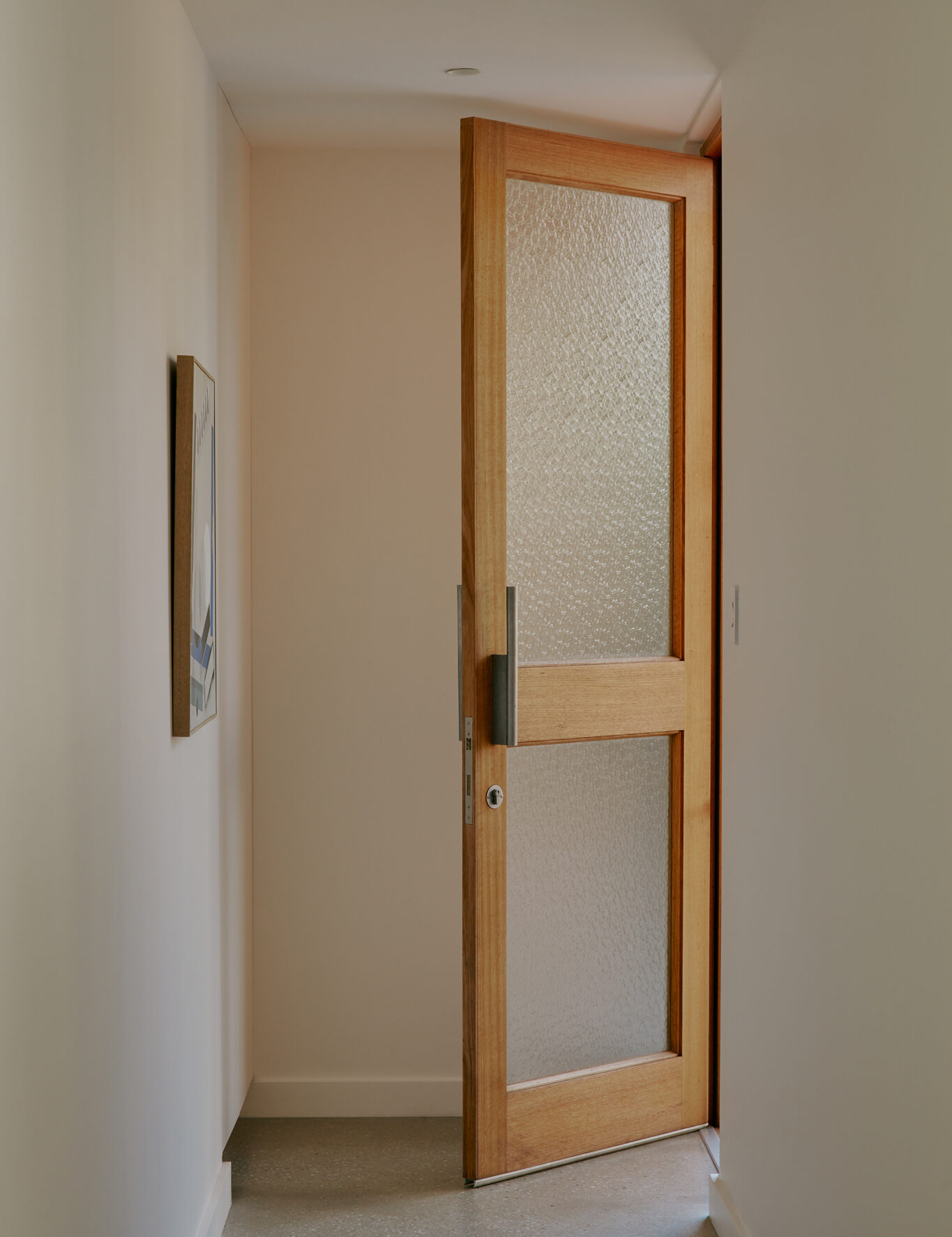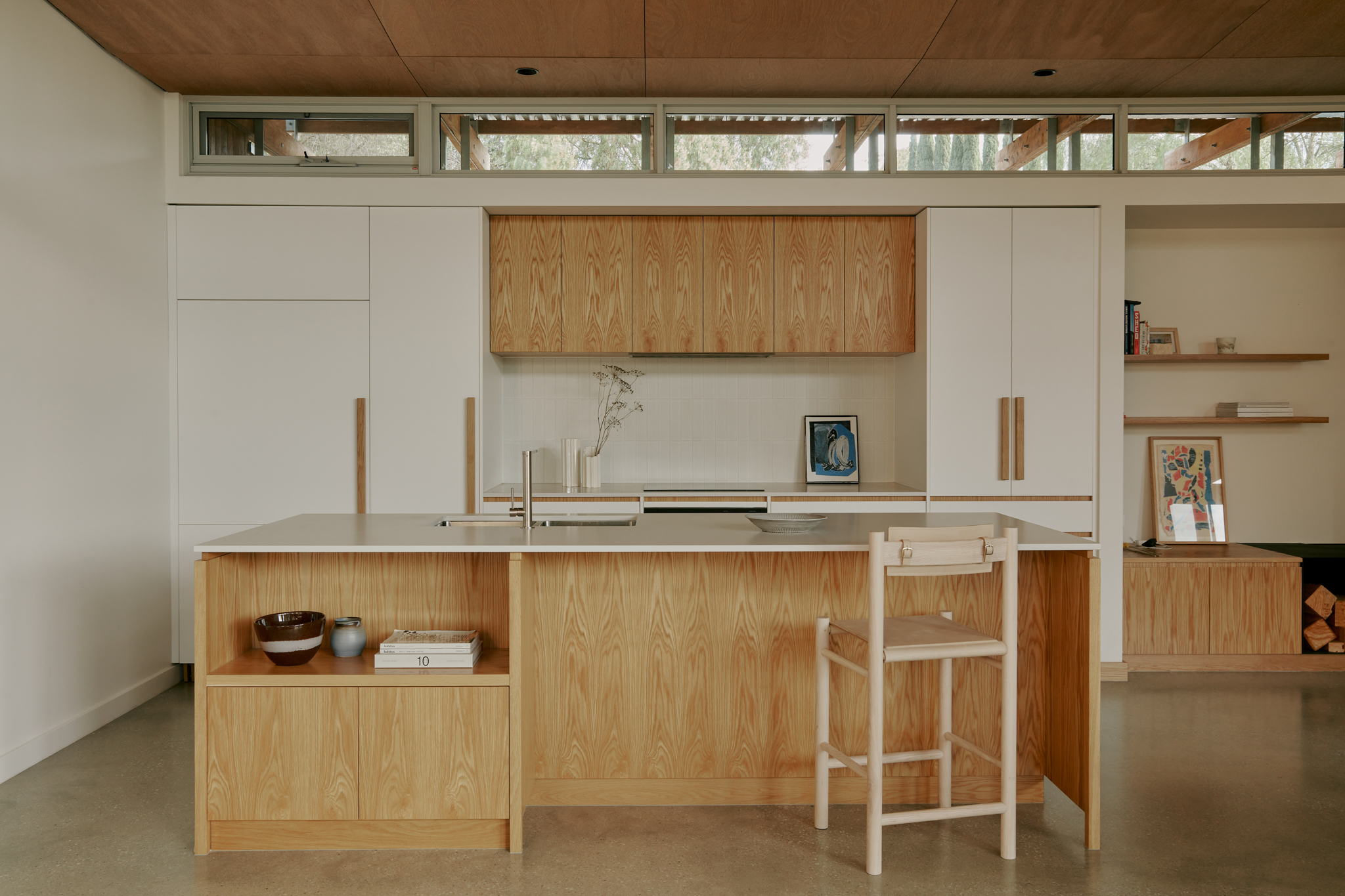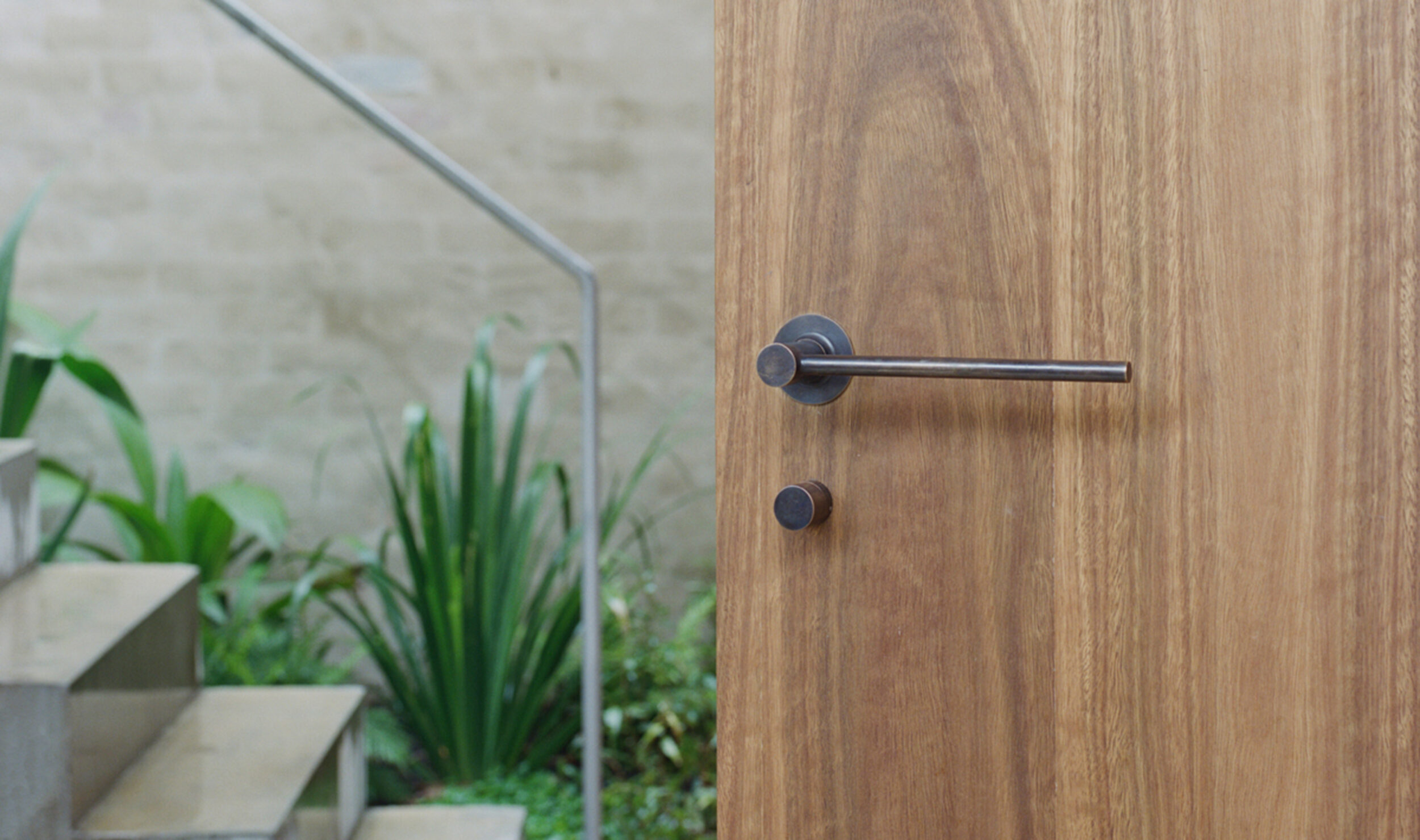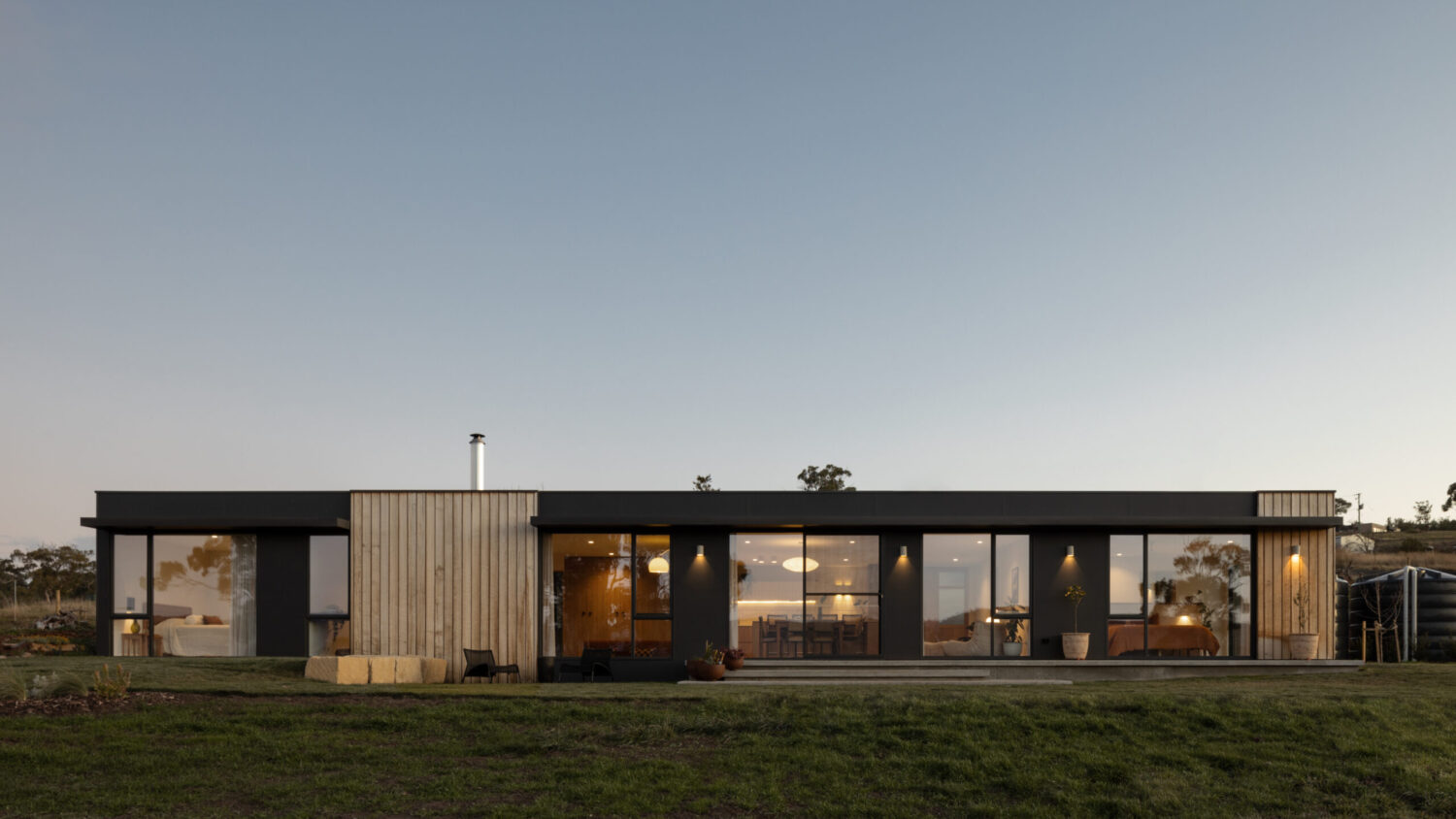Coast House
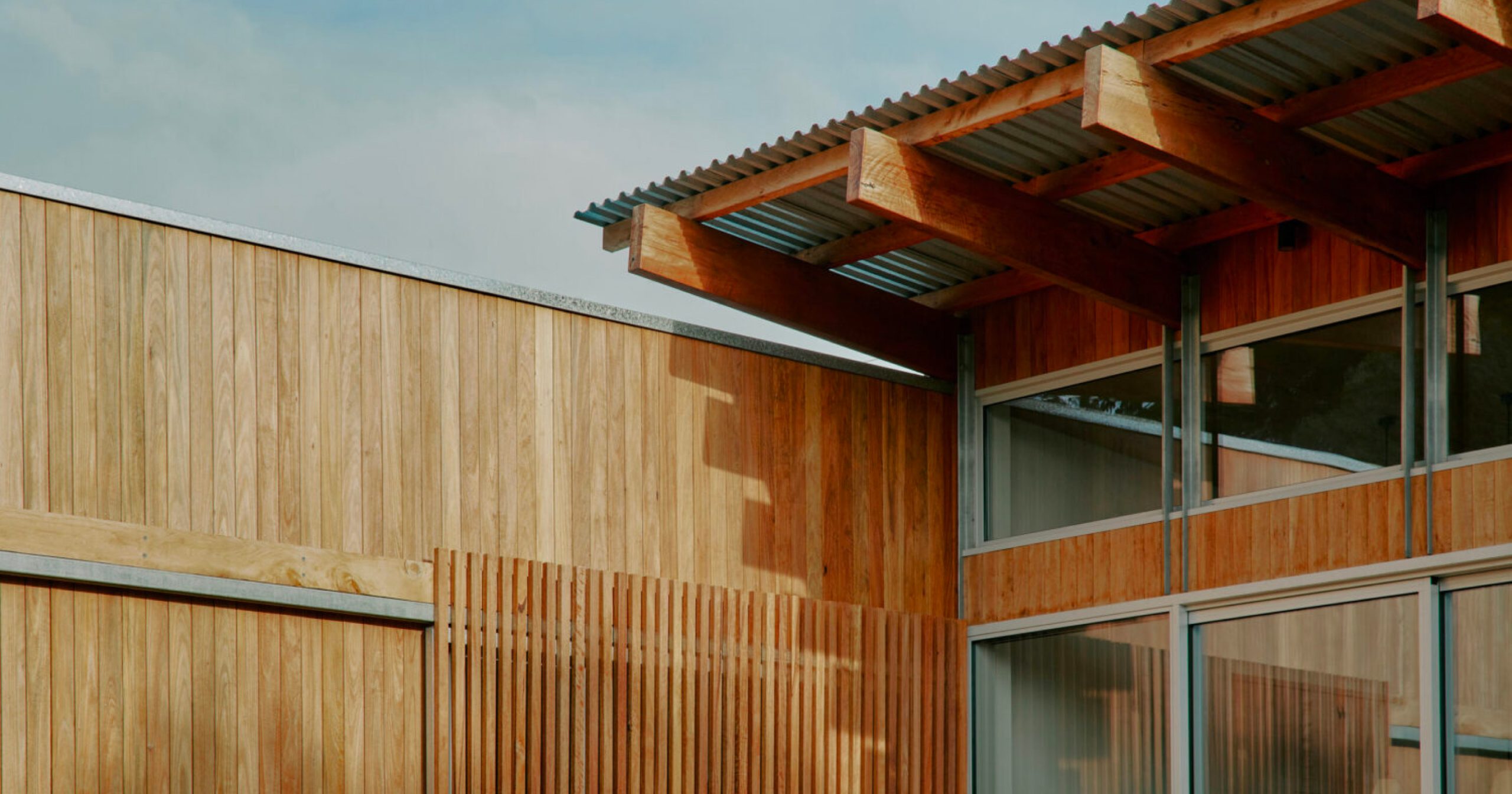
The Coast House project is led by Adelaide based architectural studio – Skein. Steve Hooper and James Martin are the visionaries behind this innovative firm. Using James’s capabilities as a former carpenter and Steve’s aptitude for all things creative, Skein use their respective backgrounds to bridge the gap by intersecting art and architecture into every project.
The property was designed for award winning contemporary Australian artist – Tristan Kerr, who wanted to build his dream family home in the picturesque coast of Port Willunga. The aim for this coastal residence was to design a home that echoed the aesthetic of the southern landscapes and that utilised natural materials to showcase the beauty of pure and considered architectural forms.
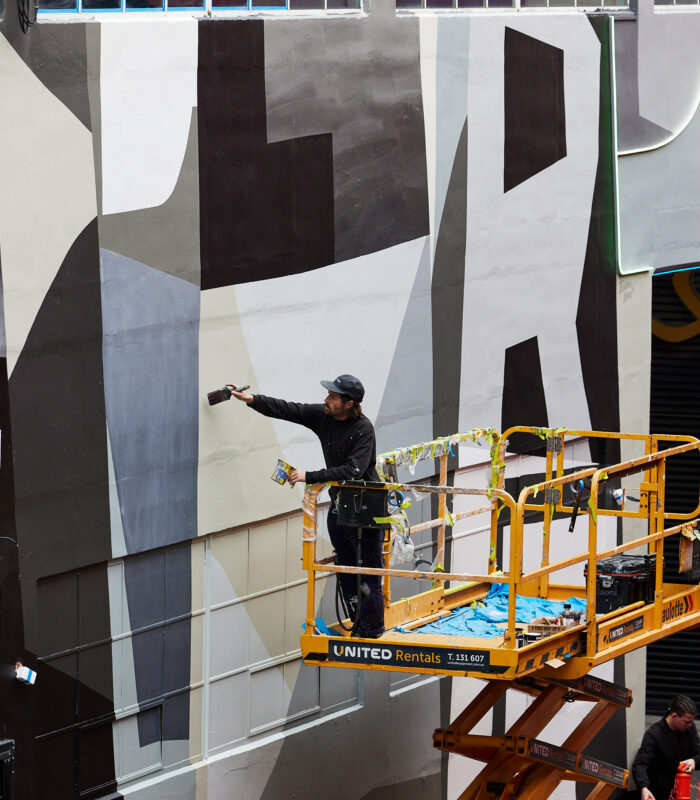
“Having a background as an artist made the process equally rewarding and challenging. Knowing when to make compromises and when to stick to my gut feeling was crucial”. – Tristan
The design and construction of this build were significantly shaped by Tristan’s artistic background, which played a pivotal role in guiding the decision-making process. After working, in Switzerland as a print technician and as a designer in Paris for several years, Tristan discovered his passion for urban art and the revival of the decorative arts movement of hand sign painting. His work has been exhibited in galleries in Australia and throughout Europe.
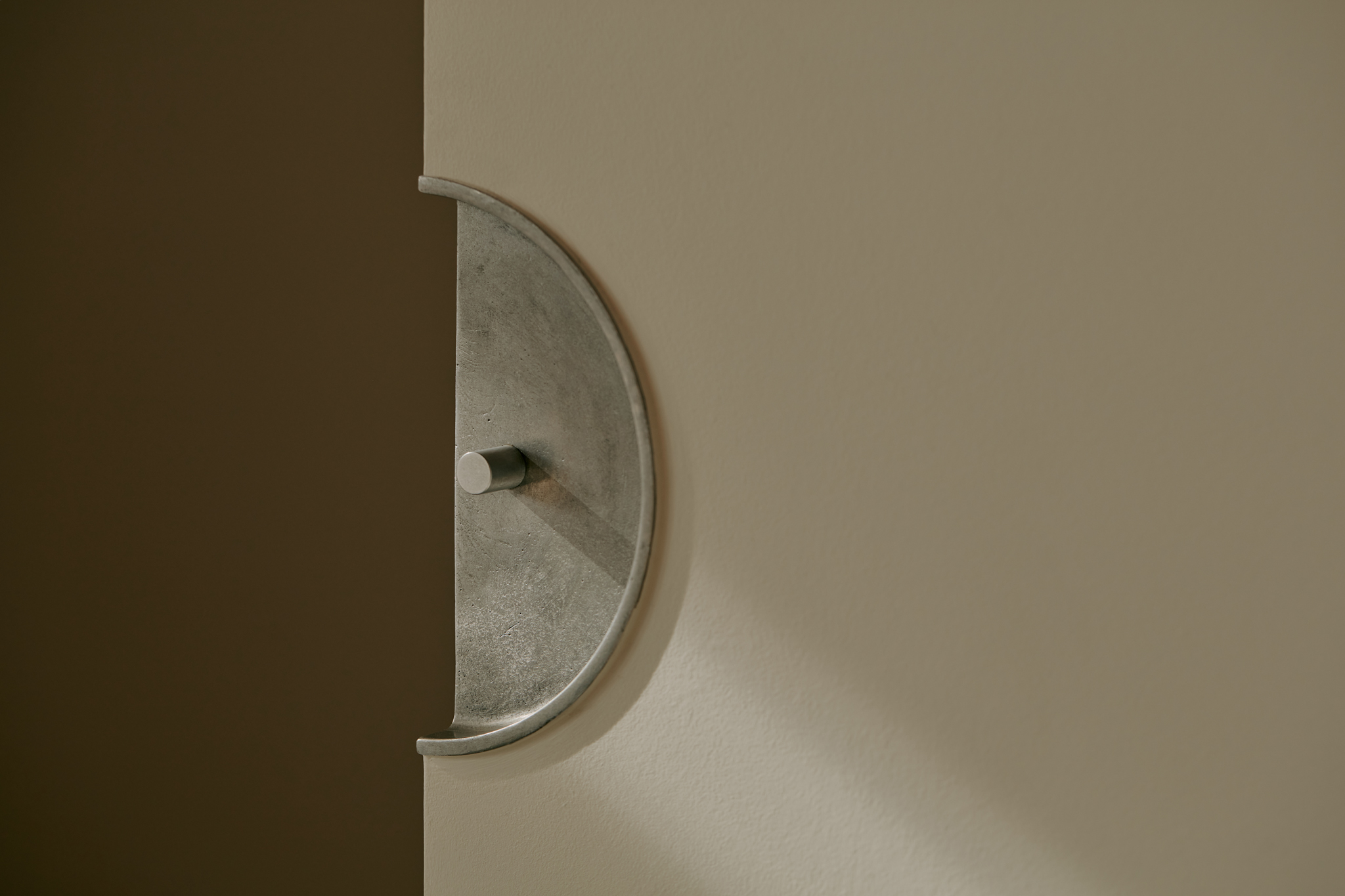
Design Style & Project Aesthetic
The primary focus of the house design was centred around embracing passive house principles to allow for a balance of comfort throughout all seasons without excessive dependence on mechanical heating and cooling systems. This led to a design concept that emphasised the temporal qualities of daylight and weathering materials. The interior palette and materiality draw inspiration from the coastal landscape through the usage of serene neutral tones, enduring solid materials and the timeless charm of timber.
Setting itself apart from conventional designs, the project’s most distinctive feature is the incorporation of operable timber door and window screens adorning its external walls, highlighting the home’s strong visual identity. As well as the passive design attributes, the screens allow for the building to transform from an austere and solid object into an open and light-filled set of spaces, connecting the garden and the interior.
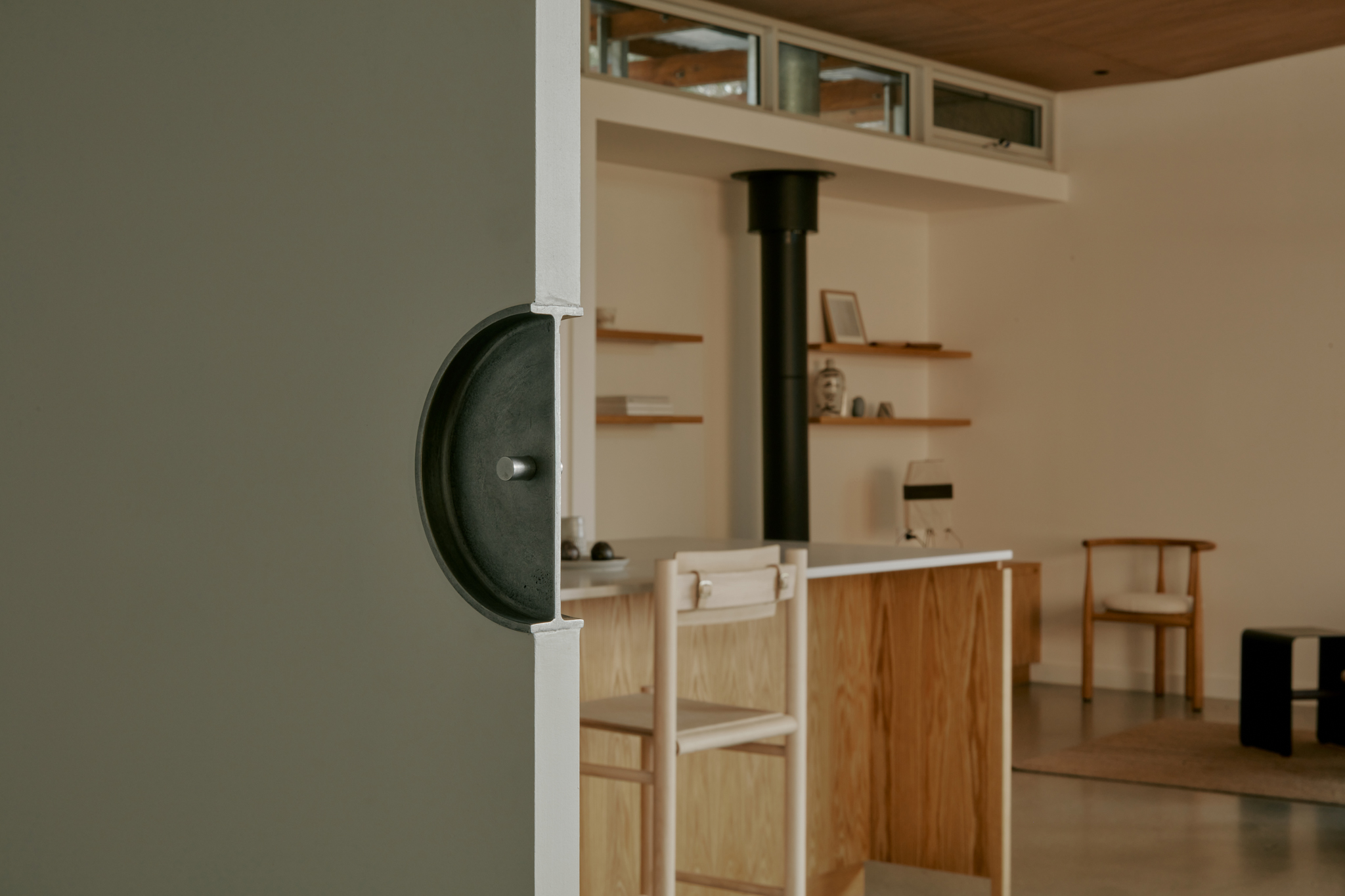
Materiality
The cylindrical forms and simplicity of the Casts Collection complement the use of natural materials and organic forms highlighted through the project. The clean tones of the aluminium Casts hardware proved to seamlessly integrate with the elements of the interiors from the raw galvanised steel detailing to complementing the polished concrete and timber.
Imperfections left on the timber from saw marks and patina taking place on exposed steel will inevitably transform the look of the house and blend into the natural environment over time. Similarly, the unique imperfections and pour marks found in the Casts Collection hardware age and become a part of the organic character of the house.
